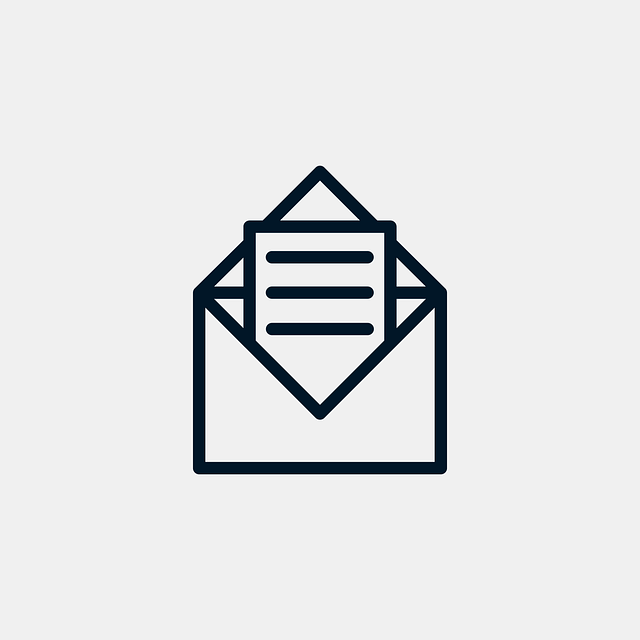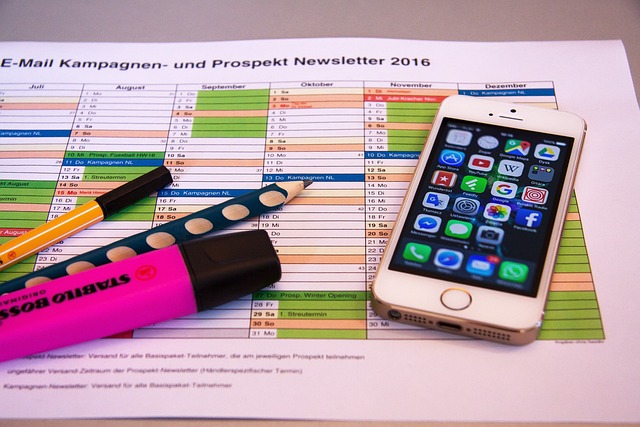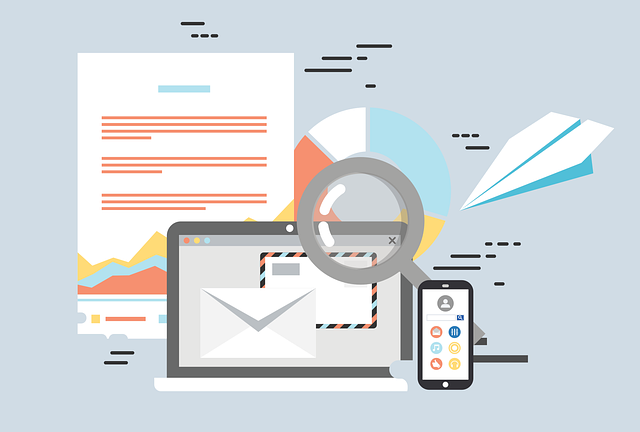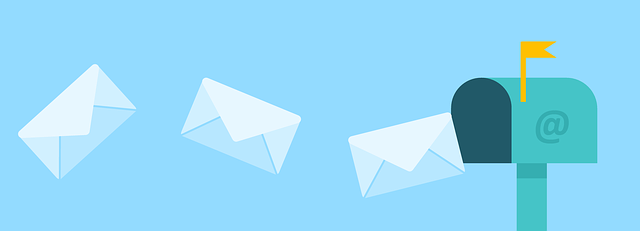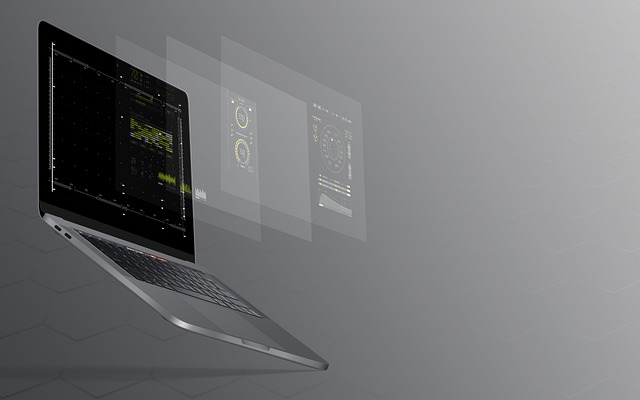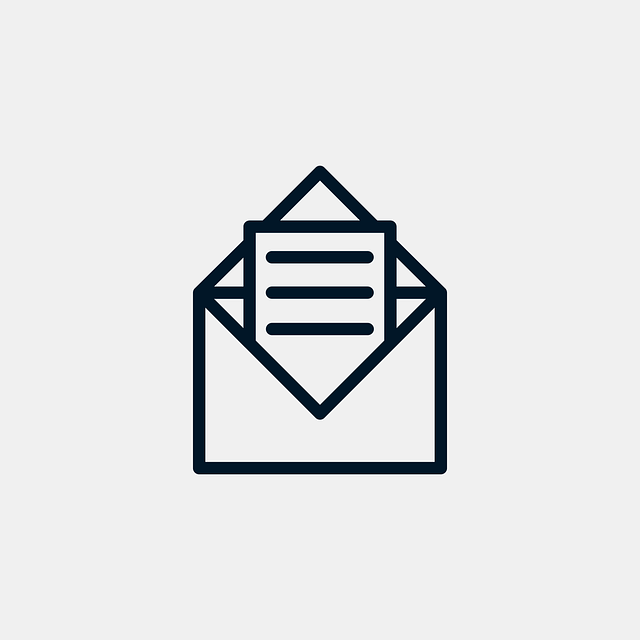Looking to boost engagement with your email list as a creative professional? Well, you’re in luck! We’ve got six amazing ways to help you maximize engagement and connect with your target audience like never before.
Segmenting your email list is the key to delivering personalized and relevant content that resonates with your subscribers. By understanding their unique preferences and behaviors, you can create tailored campaigns that capture their attention and drive conversions.
In this article, we’ll show you how to:
- Identify your target audience
- Create buyer personas
- Use behavioral data to your advantage
We’ll also explore the power of utilizing:
- Purchase history
- Geographic location
when segmenting your list. And of course, we’ll discuss the importance of testing and optimizing your campaigns to ensure maximum results.
So, get ready to take your email marketing game to the next level. Let’s dive in and discover the six ways to segment your email list for maximum engagement as a creative professional.
Key Takeaways
- Segmenting your email list is crucial for delivering personalized and relevant content to your subscribers.
- Developing detailed buyer personas based on research and data will help you understand your target audience’s interests and demographics.
- Utilize behavioral and purchase history data to tailor your email campaigns to individual interests and increase the likelihood of conversion.
- Consider geographic location to enhance the effectiveness of your email campaigns by creating content that feels personalized and relevant based on cultural preferences and local events.
Identify Your Target Audience
Imagine stepping into a room filled with individuals who share the same passions and interests as you. Your target audience is just like that – a group of like-minded individuals waiting to be engaged through your creative professional emails.
To effectively segment your email list, start by identifying your target audience. Consider factors such as age, location, and profession to understand who your emails should be tailored to. Additionally, take into account their social media presence and preferences. Are they active on platforms like Instagram or Twitter? Understanding their online behavior can help you craft content that resonates with them.
Stay informed about industry trends that your target audience is interested in. This will enable you to provide valuable insights and position yourself as an authority. By understanding your target audience, you can create buyer personas that reflect their unique characteristics and needs, allowing you to engage them on a deeper level.
Create Buyer Personas
Envision a world where each individual on your contact list becomes a unique character, embodying the essence of your ideal customer, allowing you to tailor your email campaigns flawlessly. To achieve this level of personalization, creating buyer personas is crucial.
These fictional representations of your target audience help you understand their personal interests and demographic characteristics. Here are three key steps to create accurate and effective buyer personas:
-
Research and gather data: Conduct surveys, interviews, and analyze your existing customer base to collect information about their preferences, behaviors, and demographics.
-
Segment based on commonalities: Identify patterns and similarities among your customers to group them into different segments. This allows you to create targeted email campaigns that resonate with each segment’s specific interests.
-
Give your personas life: Develop detailed profiles for each persona, including their age, occupation, hobbies, and goals. Use images and quotes to make them more relatable and tangible.
By creating buyer personas, you can better understand and connect with your audience, increasing engagement and conversion rates.
Now, let’s explore how to use behavioral data to further enhance your email campaigns.
Use Behavioral Data
Utilizing behavioral data allows you to tailor your email campaigns to each individual’s specific interests and actions, resulting in higher engagement and conversion rates. By analyzing personal preferences and browsing history, you can gain valuable insights into what your subscribers are interested in and what products or services they are likely to purchase.
For example, if a subscriber frequently clicks on articles or products related to photography, you can send them emails highlighting new photography workshops or equipment. This personalized approach makes your emails more relevant and increases the likelihood of conversion.
However, utilizing purchase history is another effective way to segment your email list and further enhance engagement. By understanding what your subscribers have previously purchased, you can recommend complementary products or offer exclusive discounts, creating a seamless customer journey.
Utilize Purchase History
To make your email campaigns more effective, take advantage of your customers’ purchase history to personalize their experience and increase conversions. Did you know that customers who receive personalized product recommendations based on their purchase history are 37% more likely to make a purchase?
By analyzing their purchase history, you can gain insights into your customers’ personal interests and preferences. This allows you to tailor your email content to their specific needs and desires.
Utilize demographic data from their purchase history to further segment your email list. This enables you to create targeted campaigns that resonate with different age groups, genders, or income levels.
Use purchase history to identify customers who have shown loyalty by making multiple purchases. Reward them with exclusive offers or discounts to strengthen their connection with your brand.
By utilizing purchase history, you can create highly personalized and relevant email campaigns that drive engagement and conversions.
Now, let’s consider geographic location and how it can further enhance your email marketing strategy.
Consider Geographic Location
Take into account the geographical location of your customers to enhance the effectiveness of your email campaigns and deliver tailored content that resonates with their specific region.
By considering the cultural preferences and local events in their area, you can create email content that feels personalized and relevant. For example, if you have customers in different countries or regions, you can highlight holidays or celebrations that are specific to their location. This shows that you understand their culture and adds a personal touch to your communication.
Additionally, you can promote local events or offers that are happening in their area, increasing the chances of engagement and conversion. By segmenting your email list based on geographic location, you can deliver more targeted and impactful content to your customers.
Now, let’s move on to the next section about how to test and optimize your email campaigns.
Test and Optimize
Boost your email campaign’s effectiveness by testing and optimizing it, ensuring that every message you send resonates with your audience and drives meaningful engagement. A/B testing is a powerful tool to understand what works best for your subscribers. By comparing different versions of your emails, you can identify the elements that resonate the most with your audience, such as subject lines, visuals, or call-to-action buttons.
Additionally, personalized content can significantly increase engagement. Tailoring your emails to specific segments of your audience allows you to deliver relevant and targeted content that speaks directly to their interests and needs. This personalization can be based on various factors, such as demographics, past interactions, or purchase history. By showing your subscribers that you understand their preferences and provide them with valuable content, you will build trust and loyalty, ultimately driving higher engagement rates.
| A/B Testing | Personalized Content | ||
|---|---|---|---|
| Test subject lines to find the most effective ones | Segment your audience based on demographics | ||
| Experiment with different visuals and layouts | Tailor content based on past interactions | ||
| Compare call-to-action buttons to optimize conversion rates | Use purchase history to deliver relevant offers | ||
| Analyze engagement metrics to refine your email strategy | Show subscribers that you understand their preferences | Personalize product recommendations based on browsing history and interests |
Frequently Asked Questions
How can I effectively identify my target audience as a creative professional?
To effectively identify your target audience as a creative professional, focus on their buying patterns and psychographics.
Analyze their purchasing behaviors and preferences to understand their interests and motivations. Use surveys, social media analytics, and customer feedback to gather data.
Once you have this information, segment your email list accordingly. This targeted approach will allow you to craft personalized and compelling content that resonates with your audience, increasing engagement and driving desired actions.
What are the key components to consider when creating buyer personas for my email list?
When creating customer profiles, it’s crucial to consider key components such as demographics.
Demographics provide valuable insights into your target audience’s age, gender, location, and other relevant factors. By understanding these details, you can tailor your email content to their specific needs and interests.
This personalized approach increases engagement and maximizes the effectiveness of your email campaigns. So, take the time to carefully analyze and incorporate demographics into your buyer personas for a more successful email list.
How can I gather and use behavioral data to segment my email list for maximum engagement?
To maximize engagement with your email list as a creative professional, you can harness the power of behavioral data. Did you know that utilizing social media data for email list segmentation can boost click-through rates by 39%?
By analyzing your subscribers’ social media activity, you can gain insights into their interests and preferences. This data-driven approach ensures that your emails resonate with your audience, leading to higher engagement and conversions.
Additionally, incorporating email engagement metrics into segmentation strategies can further refine your targeting.
What are some strategies to leverage purchase history data in order to segment my email list effectively?
Utilize customer preferences and leverage past purchases to effectively segment your email list.
By analyzing customer purchase history, you can identify their interests and preferences. This allows you to create targeted and personalized email campaigns.
Tailoring your content to their specific needs and preferences increases the chances of engagement and conversion.
This strategy not only enhances customer satisfaction but also maximizes the impact of your email marketing efforts. It leads to a higher ROI for your creative business.
How does geographic location play a role in segmenting my email list, and what are some tips to consider when targeting specific locations?
Geographic location plays a crucial role in segmenting your email list. By targeting specific locations, you can personalize your emails to resonate with recipients’ local interests and needs. This level of personalization enhances engagement and increases the effectiveness of your email marketing strategies.
Consider using location-based promotions, highlighting regional events or local offers. By tailoring your content to specific locations, you can create a stronger connection with your audience and drive higher engagement rates.
Conclusion
In conclusion, as a creative professional, segmenting your email list is crucial for maximum engagement.
By identifying your target audience and creating buyer personas, you can tailor your content to their needs and preferences.
Utilizing behavioral data and purchase history allows you to personalize your emails and offer relevant recommendations.
Considering geographic location helps you customize promotions and events to specific regions.
Lastly, continuously test and optimize your email campaigns to ensure continued success.
Remember, "knowledge is power" – so use these segmentation strategies to boost your email marketing game and achieve exceptional results.


